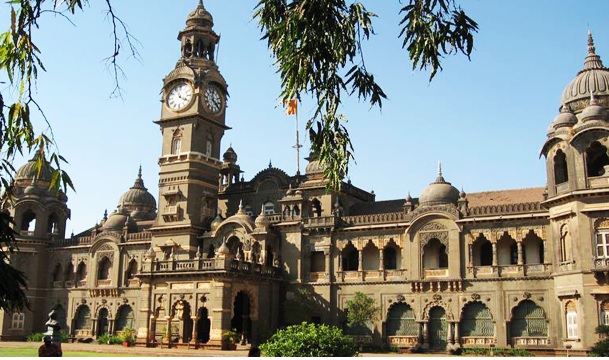
Back in the Sixties, all young electrical engineers habitually walked around with one hand placed in their pocket This was not because they were slovenly or making an anti-establishment statement, but because of a warning they were always given in the first practice labs they attended: “If you get an electric shock across your chest, it will kill you; get the same shock down one side of your body and it will just give you a jolt.”
Thanks to this advice, electrical engineers who want to stay alive, automatically put one hand in their pocket whenever they are near live electricity.
GET INSTANT HELP FROM EXPERTS!
- Looking for any kind of help on your academic work (essay, assignment, project)?
- Want us to review, proofread or tidy up your work?
- Want a helping hand so that you can focus on the more important tasks?
Hire us as project guide/assistant. Contact us for more information
Nikola Tesla’s notes reveal that he was the first engineer to advise this safe working practice and, as a result, many electrical engineers owe him their lives. In fact, the quality of our modern life depends on a constant supply of electricity and it was Tesla’s vision that made this possible.
He also invented the speedometer, the mechanical rev counter, radio broadcasting, AC power and the bladeless turbine. How was such a versatile, talented man – whose inventions make our modern civilisation possible – forgotten?
The names of many of his contemporaries – Edison, Marconi, Westing-house and even JP Morgan – all became legends and live on, but Nikola Tesla – who was born in Serbia on 10 July 1856 – is largely unknown to a public which still benefits from his works.
He had his own mental peculiarities; perhaps all people do, but those of his were as unique as himself. He was afraid of dirt and diseases, and could not stand being exposed to certain things, such as earrings, pearls, hair or overweight women. He was also known to have several OCDs, such as constant hand-washing and counting items in his mind. His passion for cleanliness was obsessive, as well as his proneness to self-discipline; however he never asked for psychiatric aid, and even managed to use some of his OCDs in favour of his studies.
Tesla was a remarkable person. He said that he had a photographic memory, which helped him memorize whole books and speak eight languages. He also claimed that many of his best ideas came to him in a flash, and that he saw detailed pictures of many of his inventions in his mind before he ever set about constructing prototypes. As a result, he didn’t initially prepare drawings and plans for many of his devices.
Tesla held that his greatest ideas came to him in solitude. Yet he was no hermit, socializing with many of the most famous people of his day at elegant dinner parties he hosted. Mark Twain frequented his laboratory and promoted some of his inventions. Tesla enjoyed a reputation as not only a great engineer and inventor but also a philosopher, poet and connoisseur. On his 75th birthday he received a congratulatory letter from Einstein and was featured on the cover of Time magazine during the same year.
Today, the name Tesla is still very much in circulation. The airport in Belgrade bears his name, as does the worlds best—known electric car, and the magnetic field strength of MRI scanners is measured in Teslas. Tesla was a real—life Prometheus: the mythical Greek titan who raided heaven to bring fire to mankind, yet in punishment was chained to a rock where each day an eagle ate his liver. Tesla scaled great heights to bring lightning down to earth, yet his rare cast of mind and uncommon habits eventually led to his downfall, leaving him nearly penniless and alone.
The scientific community has honoured him, and his name has been given to a unit for measuring magnetism. In one way, this is a fitting memorial, because he has been placed in the same hall of fame as Volta, Ampere, Gilbert, Henry. Hertz, Ohm and Faraday, great scientists who have all had electro-magnetic units named after them. But, although he has achieved this recognition by the well-informed, one cannot help but think that he would also have liked a more popular accolade. Yes, some engineers know his name, are taught it as a unit for measuring magnetic flux, but few do well to study the actual story of the man who invented our 20th century, and most hardly remember our debt to him.
StudyMumbai.com is an educational resource for students, parents, and teachers, with special focus on Mumbai. Our staff includes educators with several years of experience. Our mission is to simplify learning and to provide free education. Read more about us.

Leave a Reply
You must be logged in to post a comment.